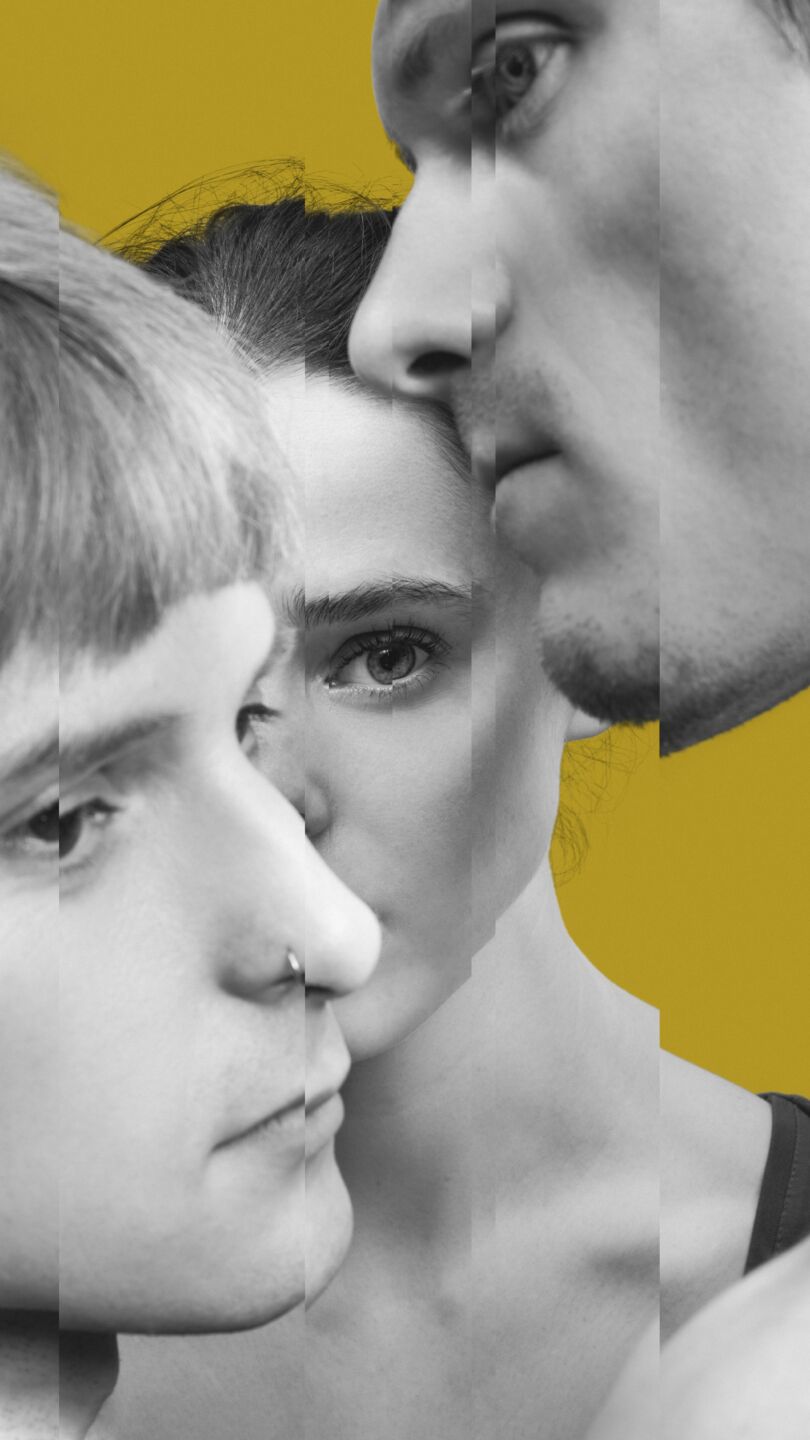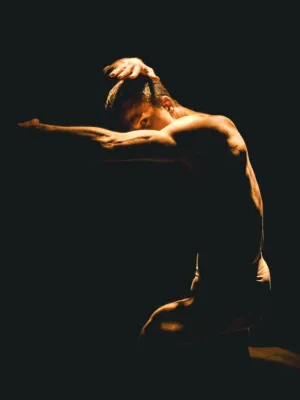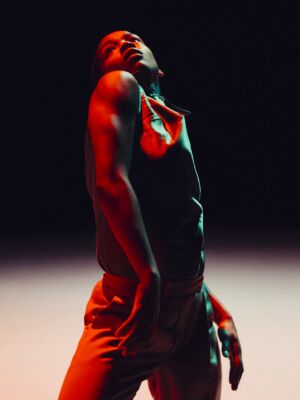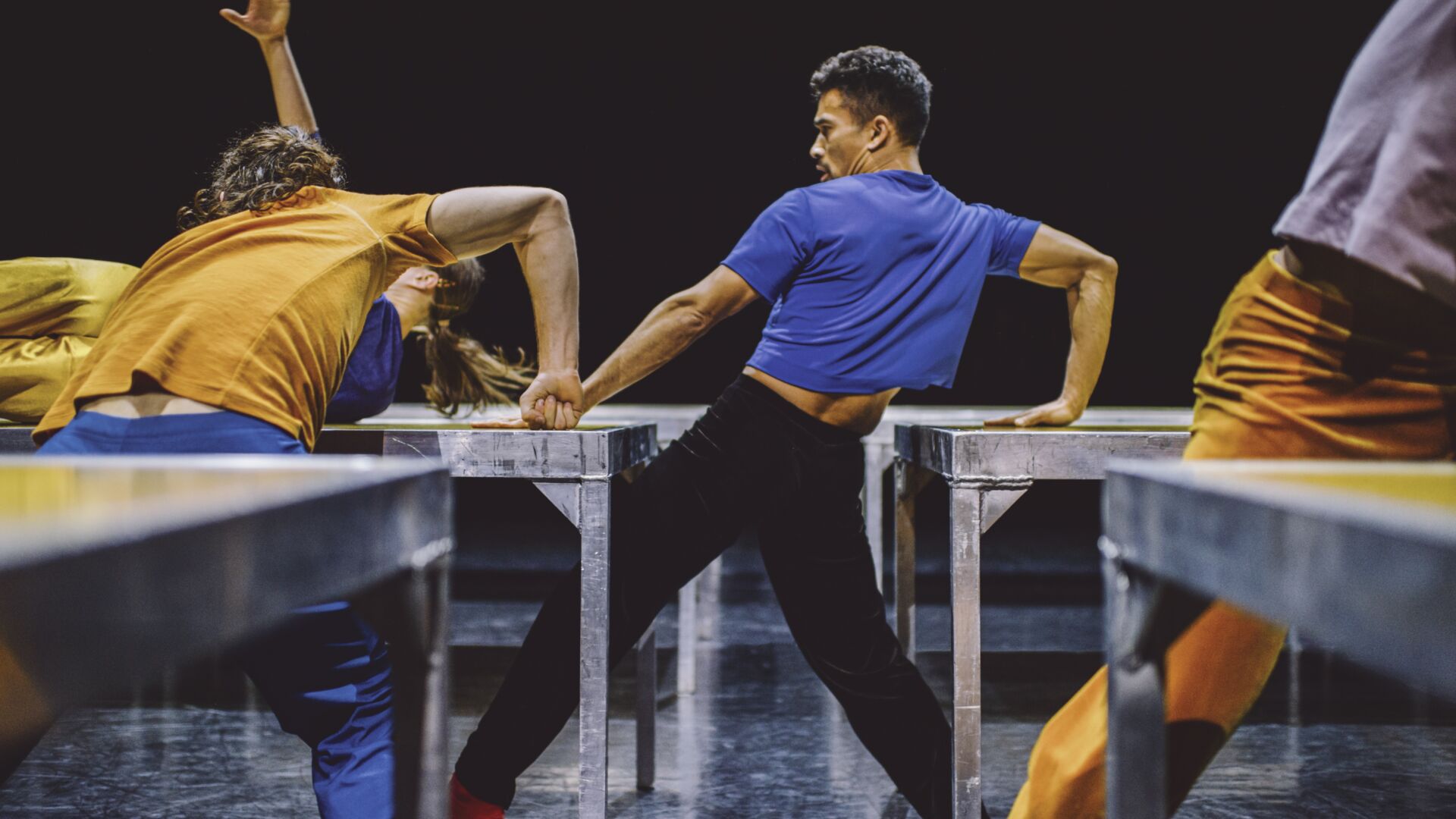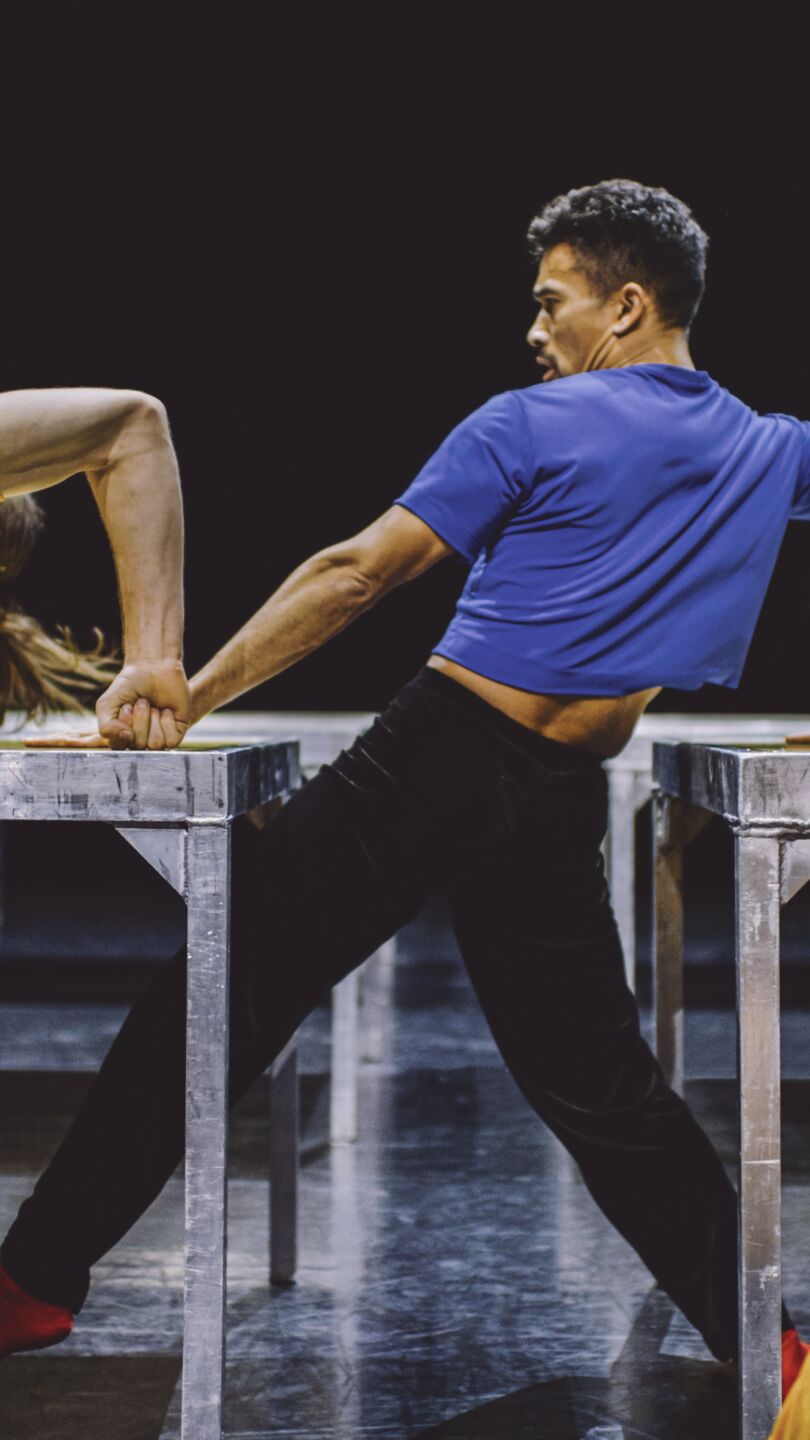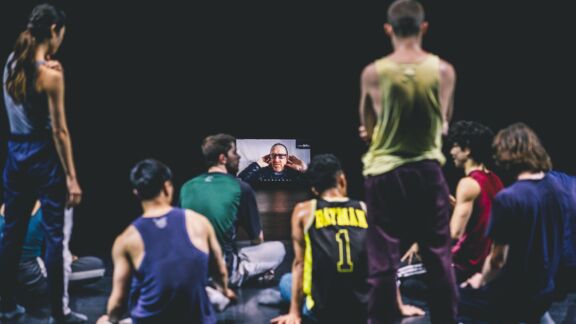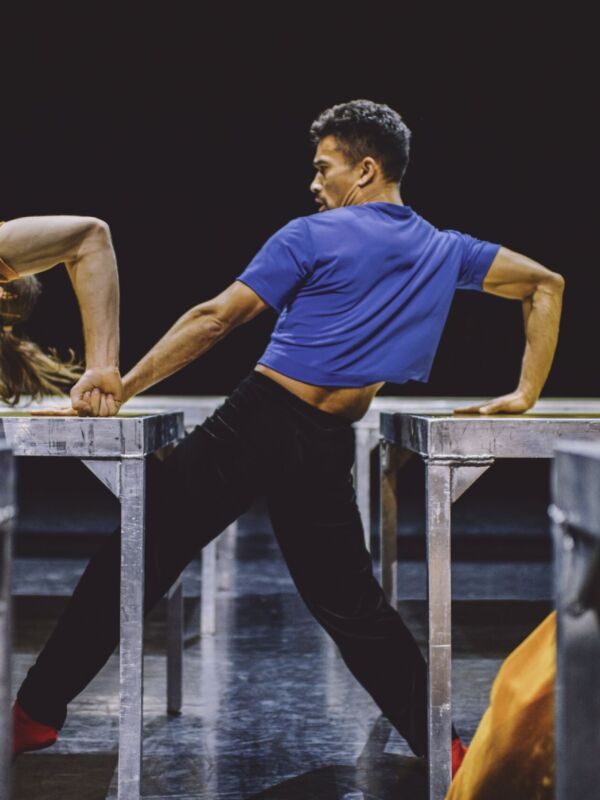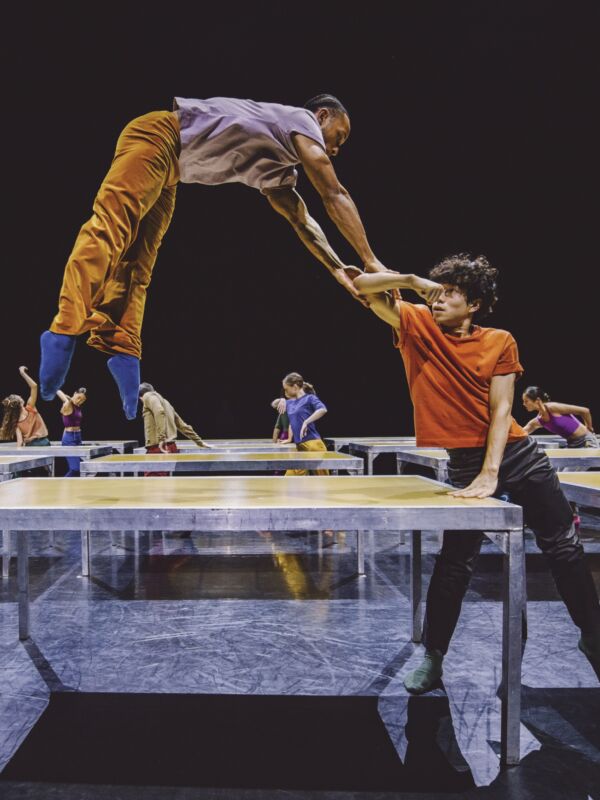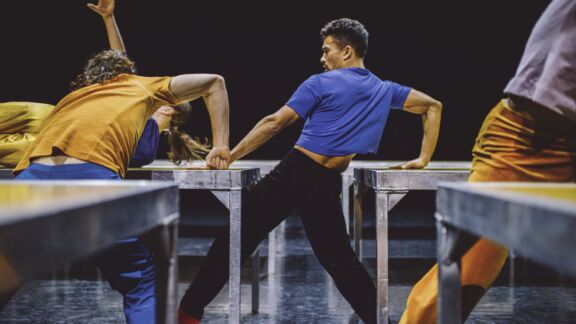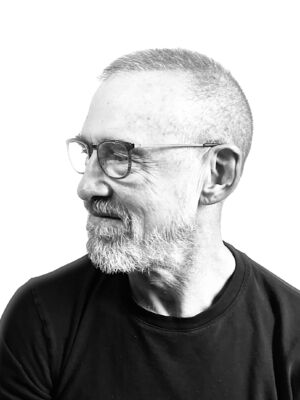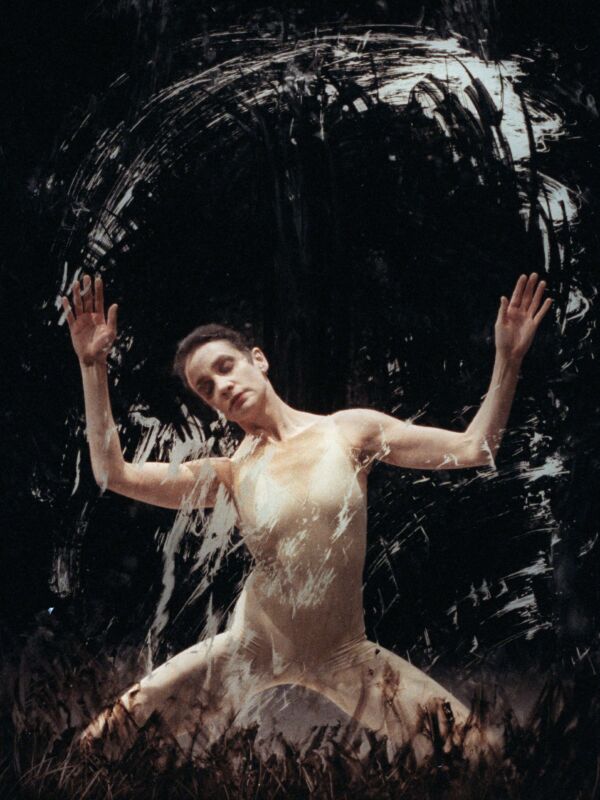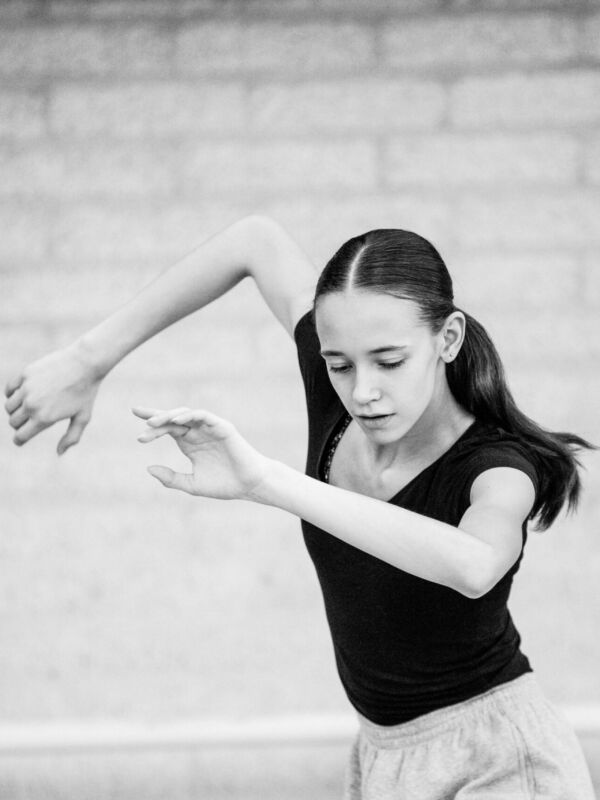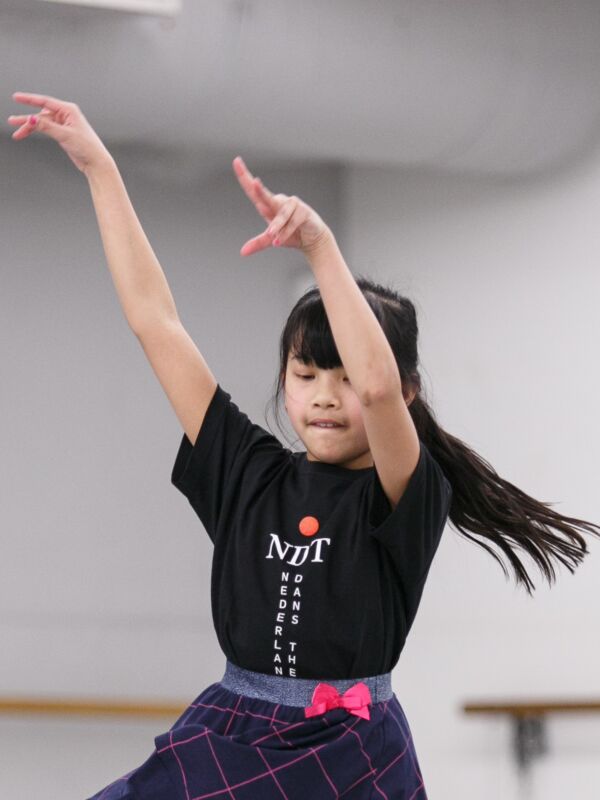Speaking of adaptability, expanding the quartet N.N.N.N. to a piece for twelve dancers titled N.N.N.N.N.N.N.N.N.N.N.N., is probably the most poignant example of that mindset. What made you want to make these changes?
“That was a dramatic change. It became an entirely different work. I think the change was motivated by our uncertainty about the immediate future; you really don’t know in COVID times if all the cast would have even gotten a chance to perform. They worked so very hard to assimilate the material, and they could, theoretically, have had the opportunity to perform- but this was not a certainty by a long shot. So, the re-structuring was like an insurance policy for the dancer’s efforts, to make sure that they would all be included and that their work would be honoured, even in the worst case scenario.”*
*Due to the restrictions in the Netherlands, it was becoming a likely scenario that the dancers would only have one opportunity to perform the work, therefore Forsythe wanted to ensure they would all be on stage. Eventually, NDT was very lucky to perform the works several times during matinee performances.
